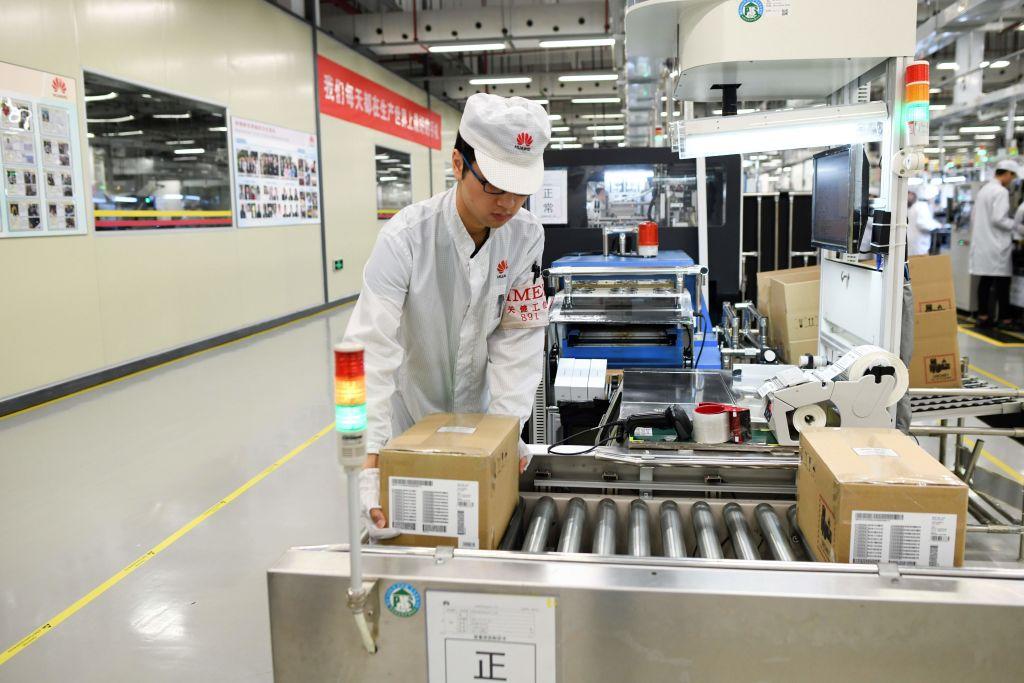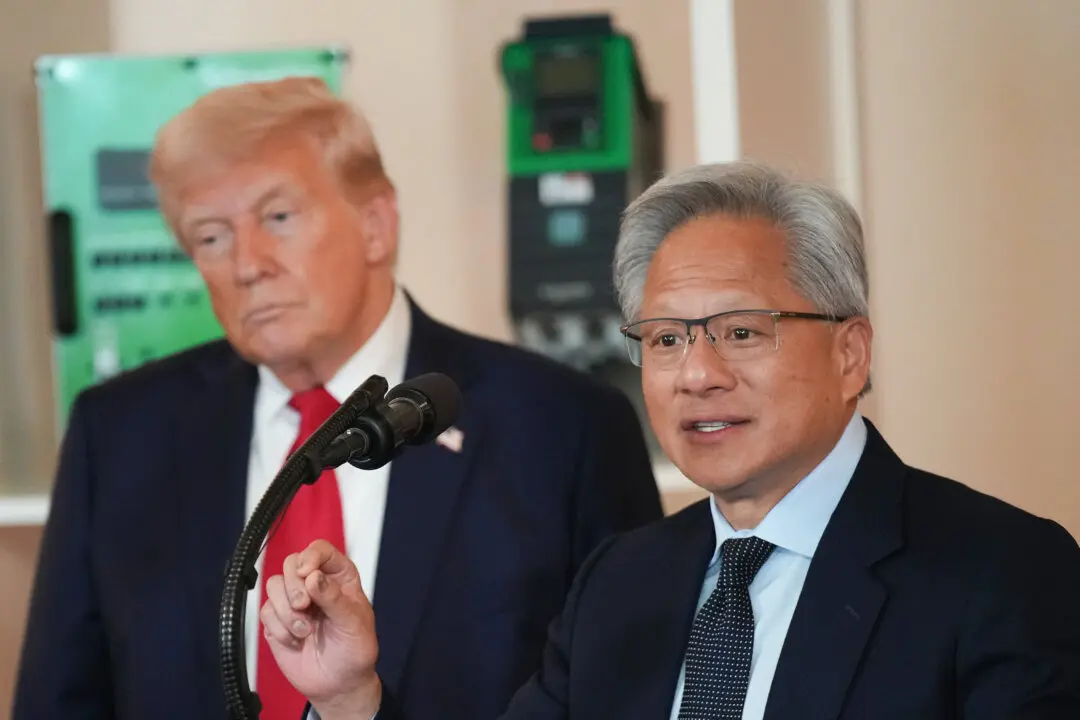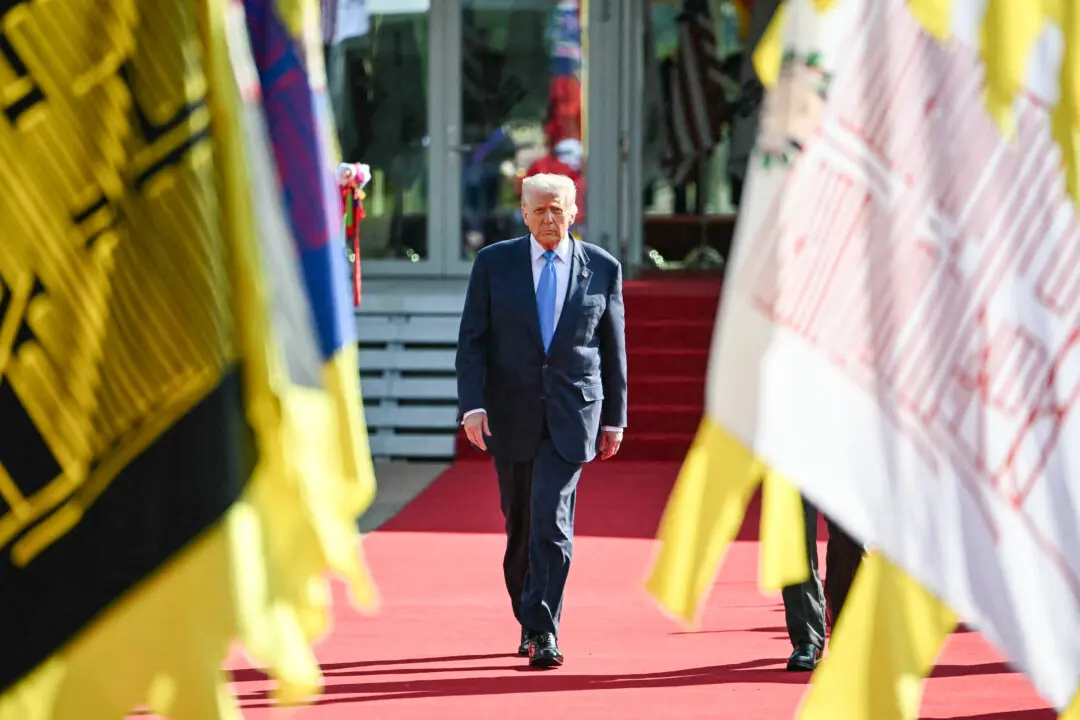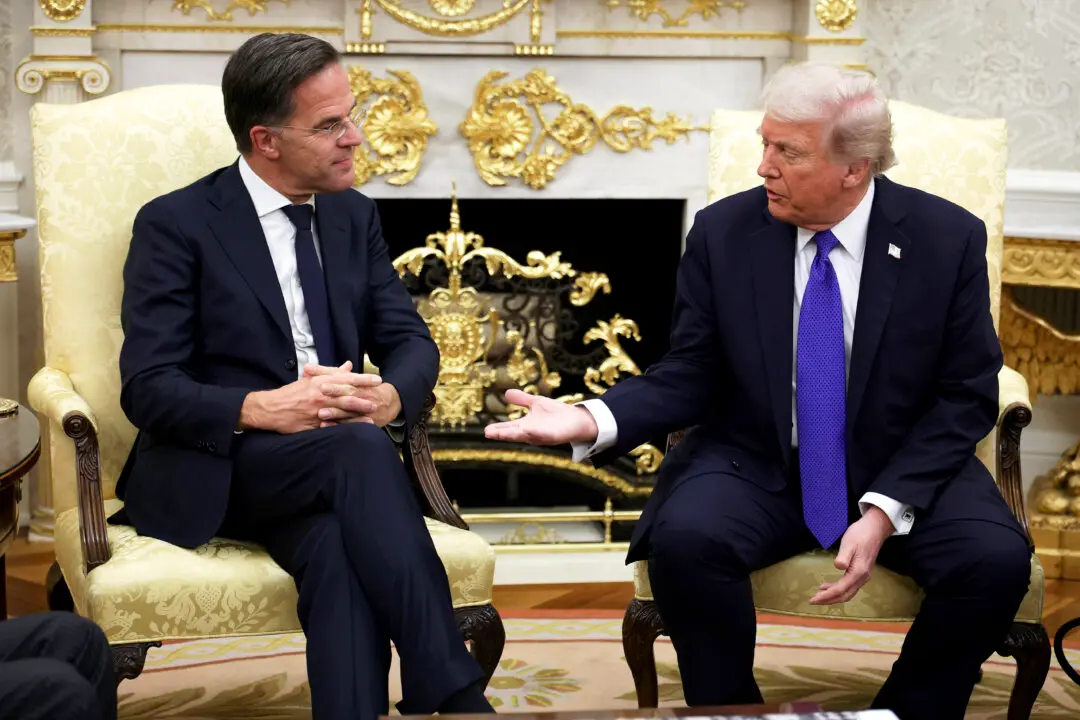WASHINGTON—A new report shows that China isn’t just copying technology, but also moving faster than the United States in innovation and in developing advanced technology industries.
The U.S. think tank Information Technology and Innovation Foundation examined various areas in which China has made progress and closed the innovation gap with the United States in the past decade. The report uses 36 indicators in measuring Chinese performance and shows that China has closed the gap or, in some cases, even outstripped the United States.





